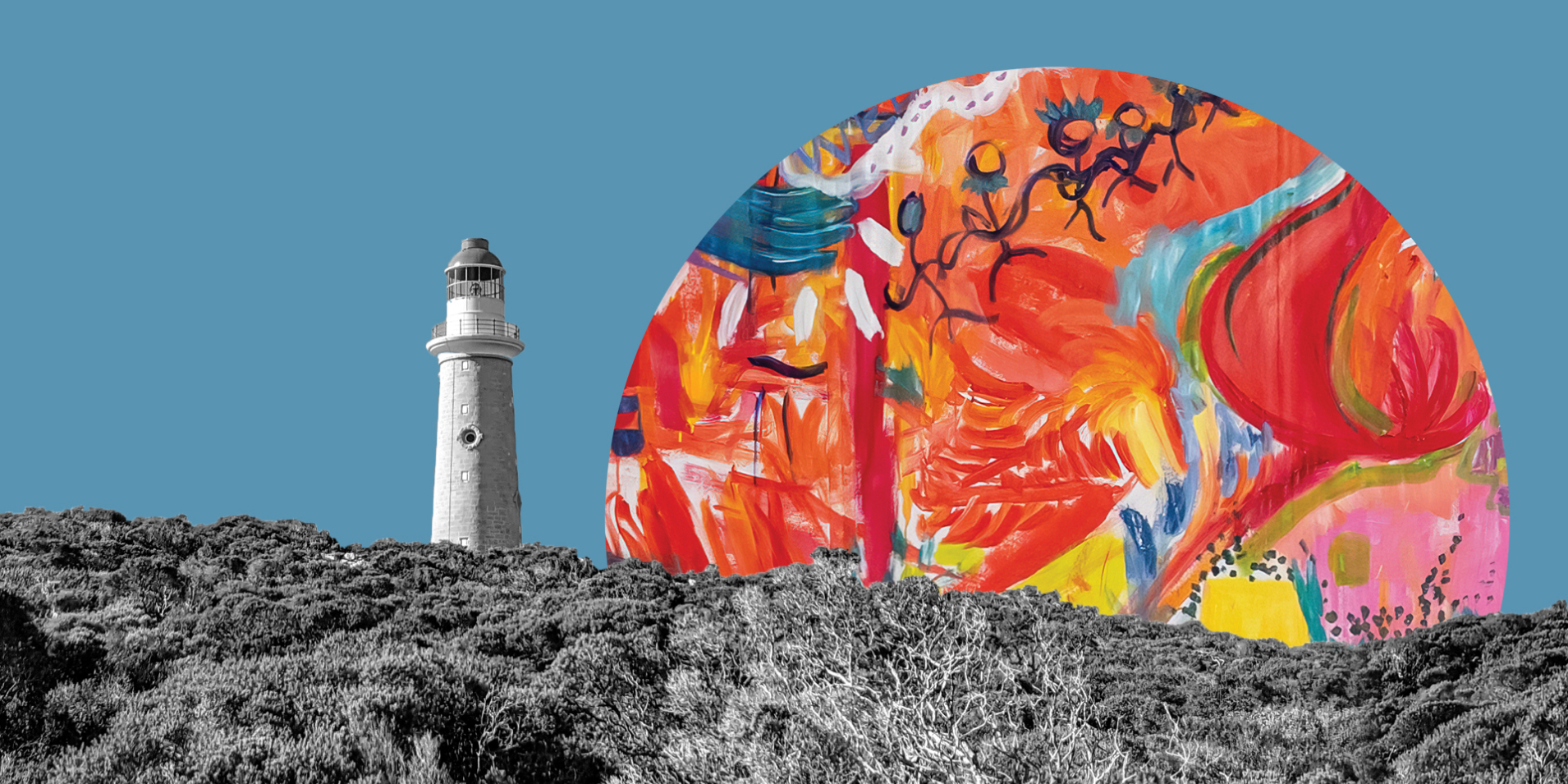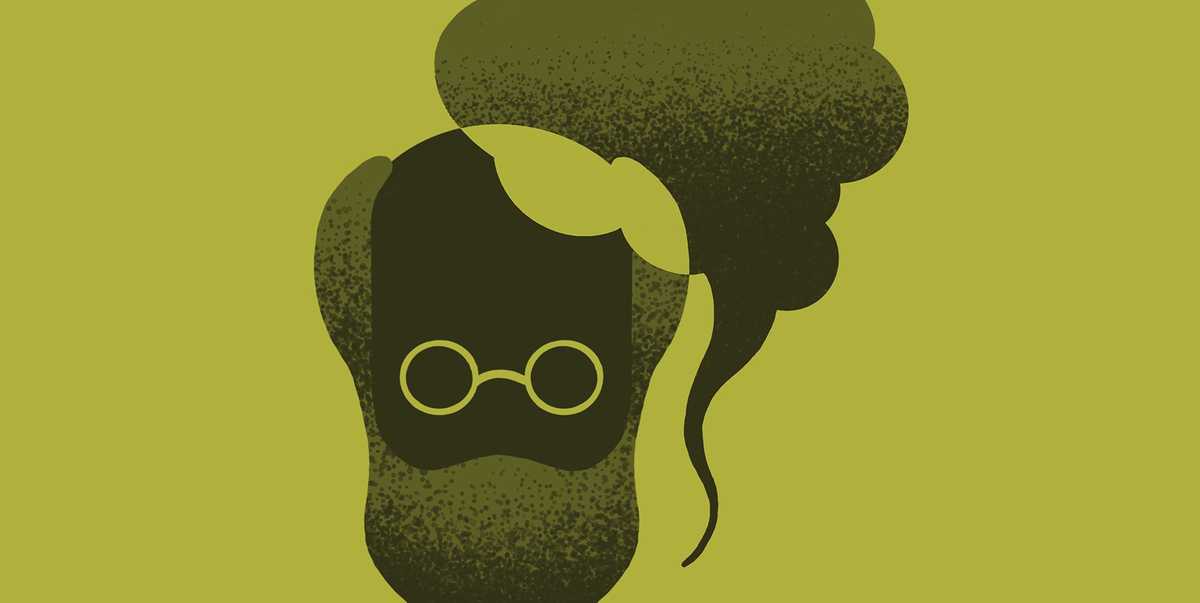
Image: Royal Commission into Violence, Abuse, Neglect and Exploitation of People with Disability
Australia’s largest investigation into the abuse and exploitation of people with disability held a mirror up to our country and told us we can all do better.
On 29 September, the Royal Commission into Violence, Abuse, Neglect and Exploitation of People with Disabilityhanded down its final report – marking the final chapter of this four year journey. It’s a mammoth publication, with 12 volumes, 5000 pages and 222 recommendations to create a ‘more inclusive and just society that supports the independence of people with disability’.
The Royal Commission gave a voice to people with disability, so policymakers and the broader community would listen and take action.
With calls for sweeping changes across all areas of society – from education, employment, housing, healthcare, governance and the criminal justice system – the job to implement these recommendations is no small feat.
You may be thinking that the responsibility now lies with the government to bring these recommendations to life. But we all have a role to play in creating a sense of belonging, changing attitudes, and building a community that enables people with disability to live how they choose.
Here are some key learnings Ellis Jones has taken from the report on how we can use our professional platforms – as organisational leaders, communicators, designers and marketers – to contribute to a more inclusive future.
1. Adopt an inclusive mindset.
In setting out a vision for an inclusive Australia, the Royal Commission called for disability to be treated as part of human diversity. If we take this perspective, it means thinking about us all with different needs, perspectives and abilities.
This moves beyond thinking of accessibility alone as the way to support better outcomes for people with disability. Accessibility is the practice of making information, activities, and physical spaces navigable and usable for people with disability. While accessibility is important, the focus on disability can be seen to ‘other’ people with a disability. In contrast, inclusivity means considering a shared experience for all, from the outset.
The goal of inclusivity is to create welcoming communities and places that are experienced similarly for everyone, whether they have a disability or not.
Universal Design provides a framework to apply this inclusive mindset into practice. It’s a philosophy that considers the full range of human diversity with the goal of creating things that are useable for as many people as possible. By applying the seven principles of Universal Design, products, buildings, environments, programs, services and experiences will be innately more accessible to as many people as possible, regardless of their age, level of ability, cultural background or any other differentiating factors.
2. Make inclusivity intrinsic to how you communicate.
The Disability Royal Commission shined a light on the barriers people with disability face to exercise their autonomy. All people should have power over their own lives and participate in the decisions that affect them.
Many people with disability in Australia still cannot access information on an equal basis to people without disability. Without access, people cannot easily participate in society, which can lead to a range of consequences including poor health, education, employment and justice outcomes.
Communication access is essential for everyone. But the adjustments people may need to effectively engage with communications are varied. It means there isn’t a one-size-fits-all approach.
People with disability may have conditions affecting their speech, language, listening, understanding, reading, writing or social skills.
All communicators and leaders have a responsibility to ensure inclusivity is central to our communications, rather than an afterthought. We need to draw on the Universal Design approach that considers the diverse needs of our audiences, so that they can access, understand and respond to information we put out.
Here are some things to consider, to make your communications easy to understand, for more people.
When appropriate, use plain language:
- Clear content helps everyone. Plain language is a clear and concise way of writing.
- It avoids convoluted, ambiguous language, longwinded phrasing, jargon and euphemisms.
- Write in the active voice, with short sentences and choose words that are well understood by most people.
- This style of writing can be helpful for people with a cognitive disability, as well as the 40-50% of Australian adultswith lower English literacy.
Create simple, perceptible, and intuitive designs:
- The fonts we choose, how we style them can impact their perceptibility. As a starting point, consider choosing typeface with recognisable characters, larger ‘white spaces’ within letters, and avoid cursive letters.
- Use high contrast colours between text and background on designed communications products and images. This can help people with vision impairments or colour blindness.
- Ideally, pictures relate to the contents of the document and provide clues to the reader about the topic.
Make information available in multiple formats:
- People may consume information in different ways. Audio and visual communication can make complex information easier to understand and provide an alternative for people who may have vision or hearing issues.
- Consider translating information into Easy Read – to use simple language, clear information and helpful images to get a message across.
- Make sure to optimise documents for screen readers, for example, creating tagged PDFs and using alt text to describe what’s happening in any images.
Develop an accessible website:
- A website that is designed and coded properly will be accessible to people with a diverse range of hearing, movement, sight and cognitive abilities.
- The W3C sets out a range of standards and guidelines to follow when designing a website that can be used by all people.
3. Reflect diversity in how we represent people, at every opportunity.
How we represent people, and who we choose to represent, matters. Many contributors to the Disability Royal Commission emphasised the importance of visibility and public representation for enhancing respect and inclusion for people living with disability.
The Disability Royal Commission heard countless stories of people being treated as different, other or lesser than.
Seeing people with disability represented in the public eye is key to changing these attitudes and prejudices. What we see on screens, in media or in advertising shapes our view of the world, and what we perceive as reality. People with disability live full, active and normal lives. Showing this can help normalise and expose people to the diverse disability experience, to real people and characters to admire or relate to. This means seeing people doing things without it being because they have a disability. Just doing the things they do because they are people, living life.
It’s easy to see how those of us working in the marketing, communications and media spheres can play an active role in this. We have the ability to uplift people’s voices, challenge stereotypes and weave the diverse disability experiences into our content.
True representation sends a powerful message that everyone belongs.
4. Prioritise collaboration and co-design.
Better representation of people with disability extends beyond what we see on our screens. To create a solution that serves everyone, we need to include everyone. This means enabling contributions from people of all cultures, genders, sexualities, abilities, ages and spiritualities. Disability advocates’ rallying cry, ‘Nothing about us without us’, sums up this sentiment.
True inclusion means moving away from making decisions for people with disability towards actively involving people with disability in the programs, services or campaigns that impact their lives.
How do we do this? The Disability Royal Commission suggests co-design is the answer.
Co-design is a partnership involving shared decision-making between people with lived experience and people with professional expertise. It involves people that are most affected by a design or decision working together.
It takes more time, but is a valuable investment that builds trust and creates stronger relationships between an organisation and the community it serves. People have distinct requirements and diverse experiences accessing programs, using services, or getting about everyday life. It makes sense that they are best placed to identify the enablers and barriers to their participation.
Co-design might not always be possible. Collaborating with people with disability through consultation and engagement are also great ways to gather diverse voices and design initiatives that are more likely to make a positive impact.
The path forward.
As a community we have a responsibility to learn from the stories and recommendations shared with and by the Disability Royal Commission.
By acknowledging people with disability’s diversity, better accommodating people’s needs and uplifting their voices, we can step towards creating more inclusive programs and services.
If you’d like to learn more about inclusive communications, representation, Universal Design or codesign, talk to us.

